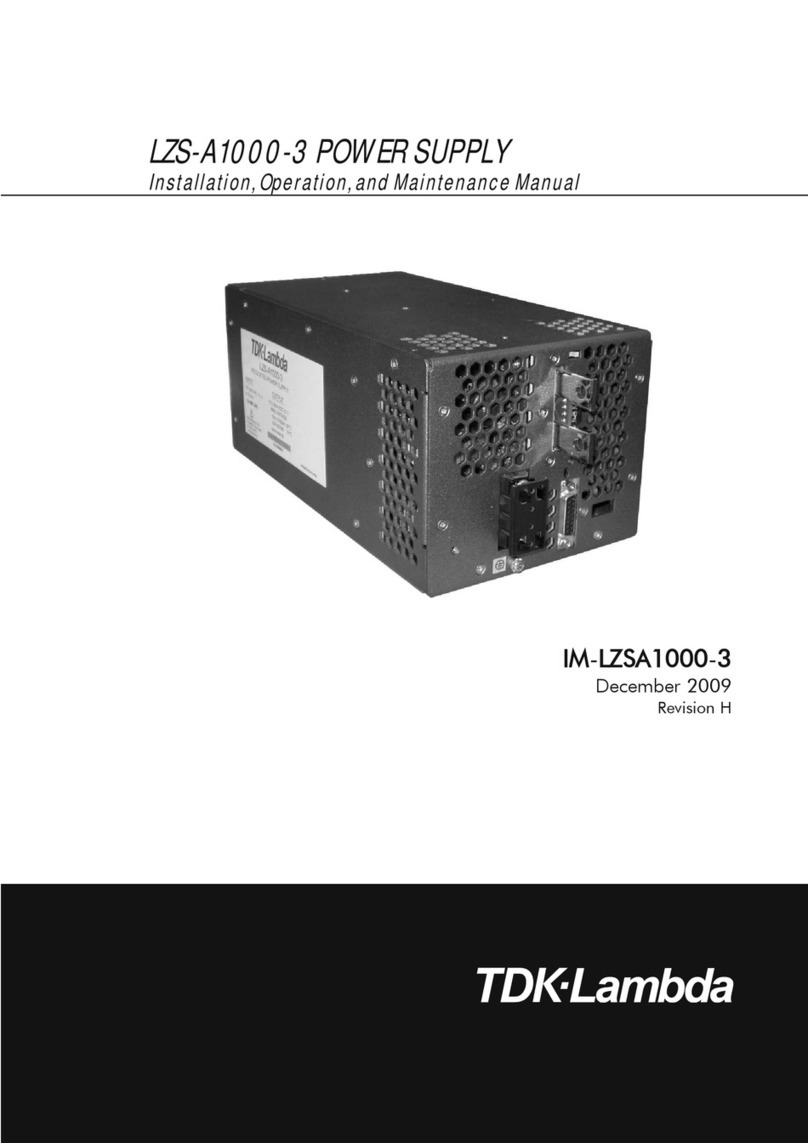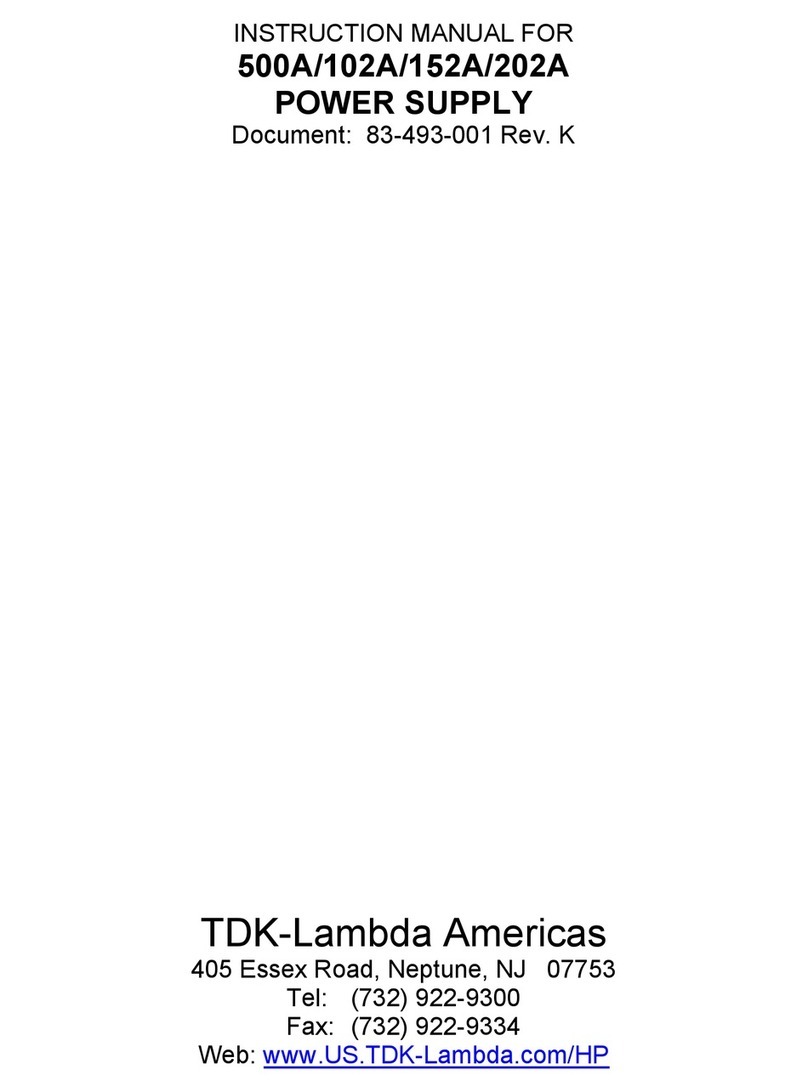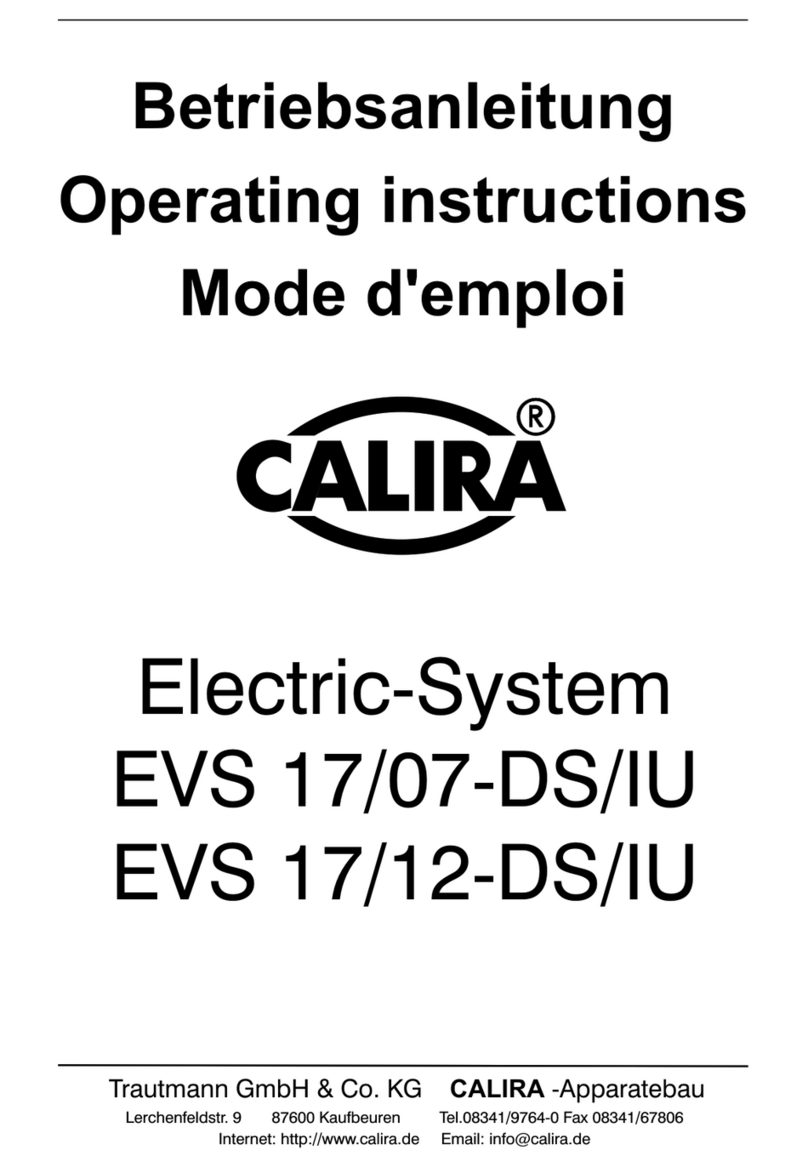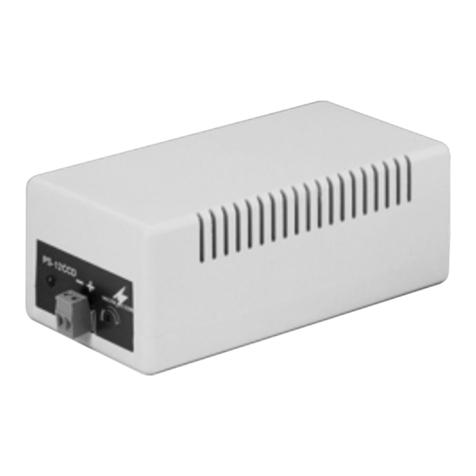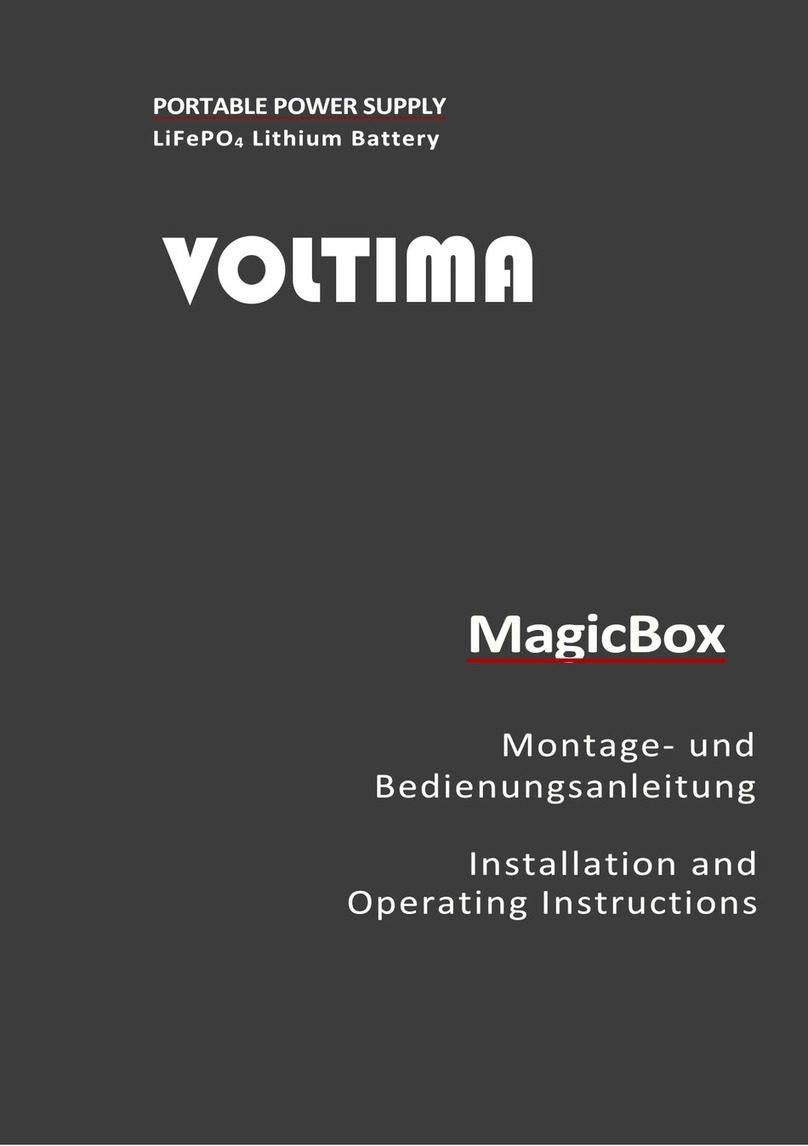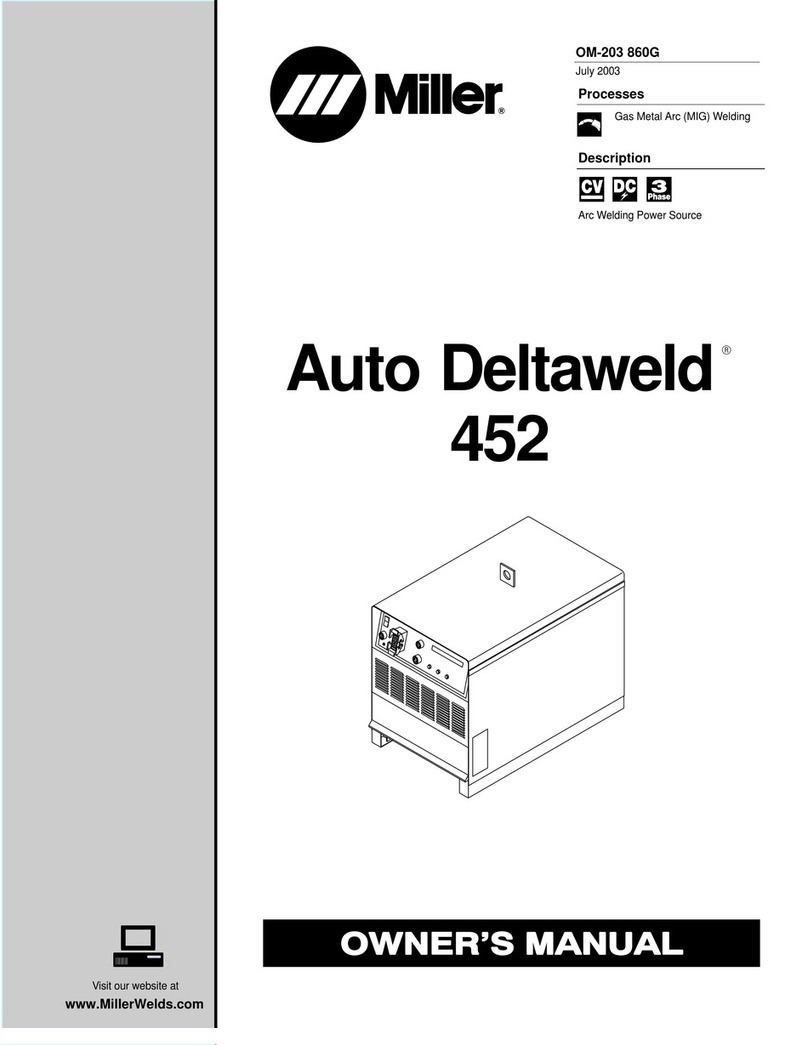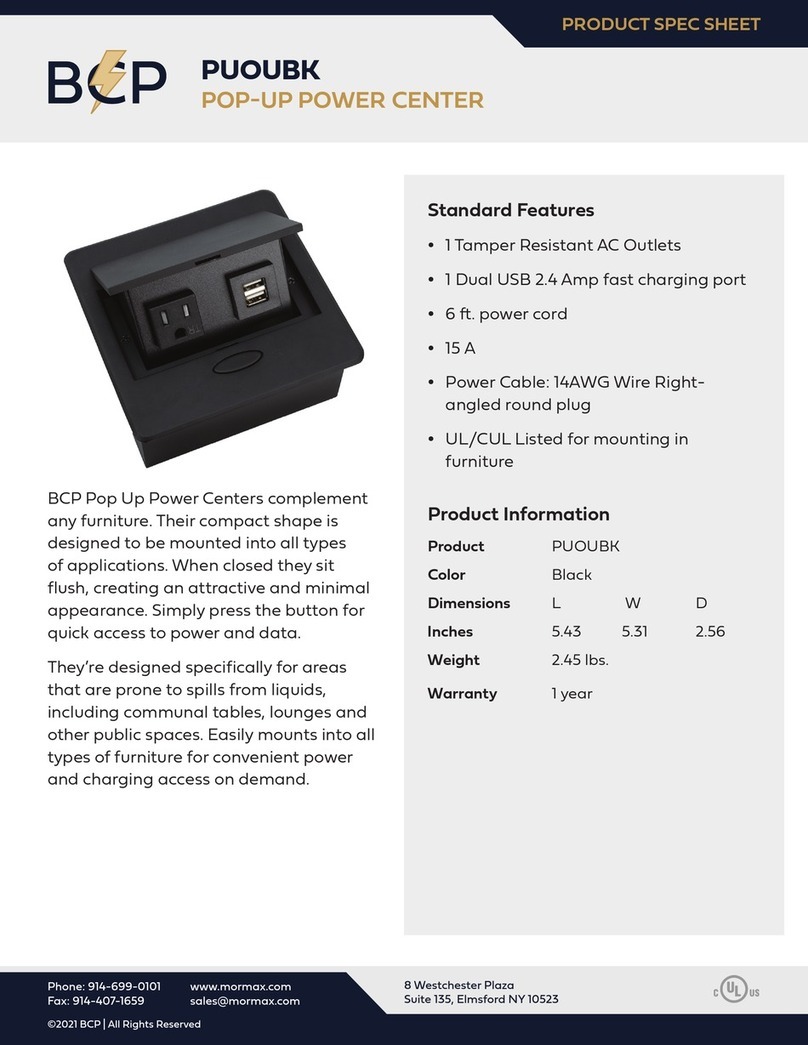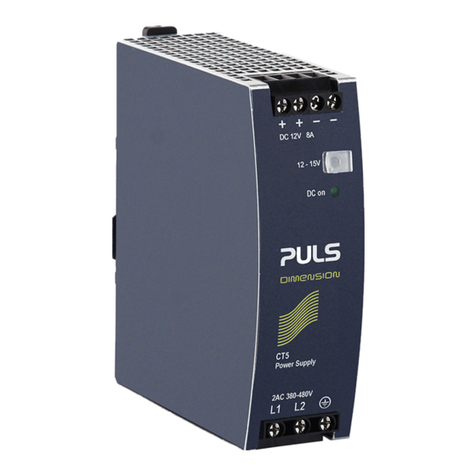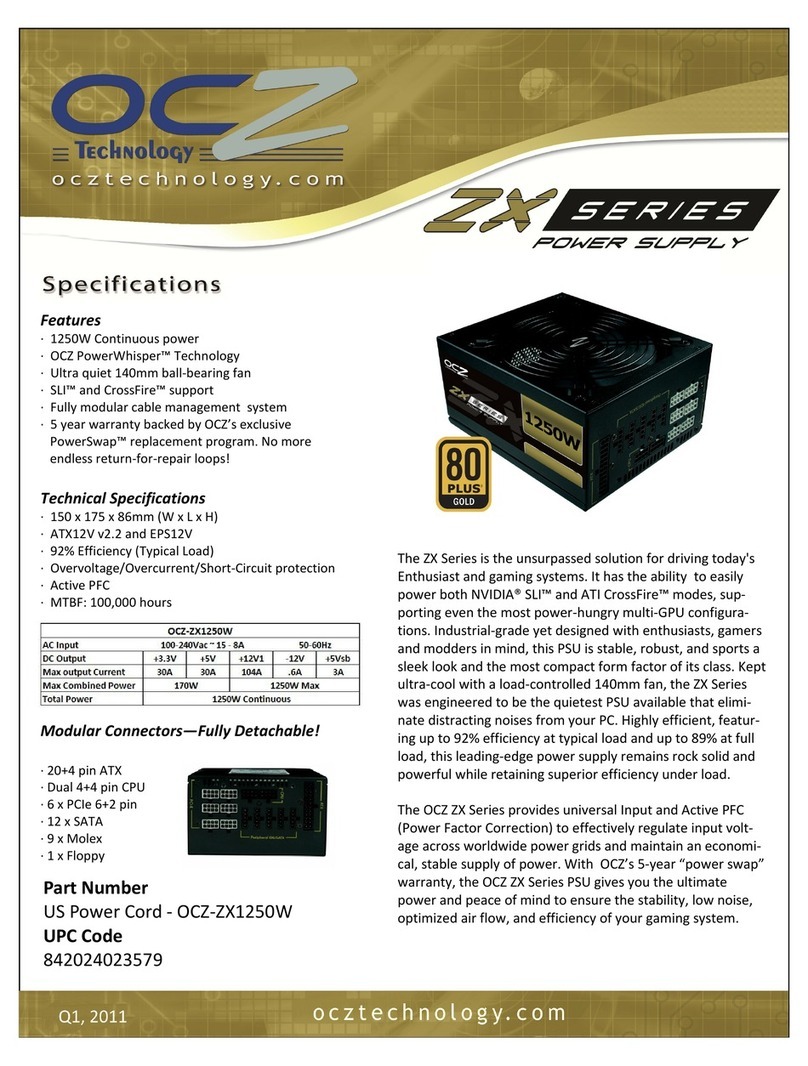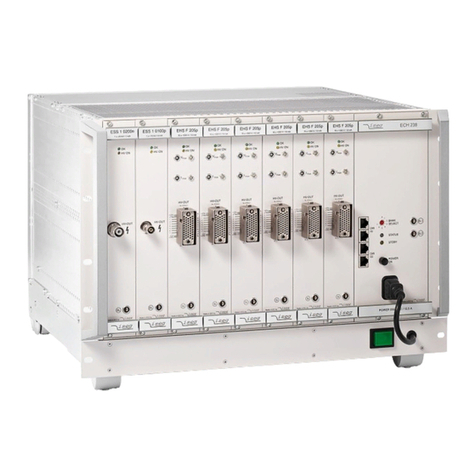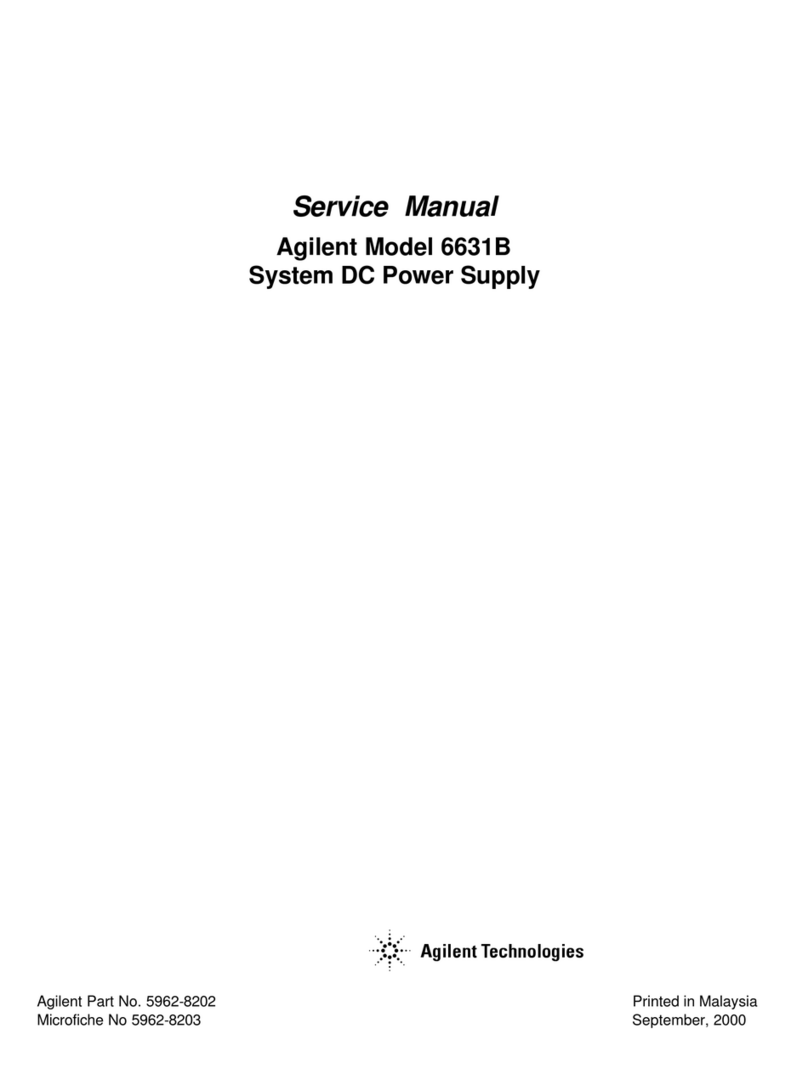
STRUCTURE OF THE CONTROL PANEL AND HOW IT WORKS _____________________ 2
CONTROL PANEL MAIN COMPONENTS _____________________________________________ 2
Keypads__________________________________________________________________________________ 2
LCD Viewer ______________________________________________________________________________ 4
DETAILED DESCRIPTION OF THE FUNCTONS _______________________________________ 8
Functions_________________________________________________________________________________ 8
GENERAL ADVICE ABOUT CORRECT USE AND MAINTENANCE OF THE SYSTEM: _ 14
FEATURES OF POWER SUPPLY UNIT Model AL320X _____________________________ 15
Model AL320X _____________________________________________________________________ 15
Specifications ______________________________________________________________________ 15
Electrical ________________________________________________________________________________ 15
Size ____________________________________________________________________________________ 15
Connections______________________________________________________________________________ 15
Conformity ________________________________________________________________________ 16
Practical advice for use ______________________________________________________________ 16
Set-up __________________________________________________________________________________ 16
Taking out of service_______________________________________________________________________ 17
Battery disconnector _______________________________________________________________________ 17
Do not: _________________________________________________________________________________ 17
Solar panel_______________________________________________________________________________ 17
Warning Led L1 in Figura 2 (new feature)_____________________________________________________ 17
Application notes for installing solar panels. ________________________________________ 19
Introduction _______________________________________________________________________ 19
General Section ____________________________________________________________________ 19
Case 1 : Assembly of a single Panel ____________________________________________________ 20
Case 2 : Assembly of two panels _______________________________________________________ 21
Indications of the Control unit LCD ___________________________________________________ 21
POWER HUB FEATURES AND HOW IT WORKS __________________________________ 24
Model PH300S2 ____________________________________________________________________ 24
Inputs___________________________________________________________________________________ 24
Outputs _________________________________________________________________________________ 24
Electrical Specifications______________________________________________________________ 24
Connectors ________________________________________________________________________ 24
FEATURES OF NODE Model NSA10 _____________________________________________ 27
Model NSA 10______________________________________________________________________ 27
Inputs___________________________________________________________________________________ 27
Outputs _________________________________________________________________________________ 27
Electrical Specifications______________________________________________________________ 27
Connectors ________________________________________________________________________ 27


